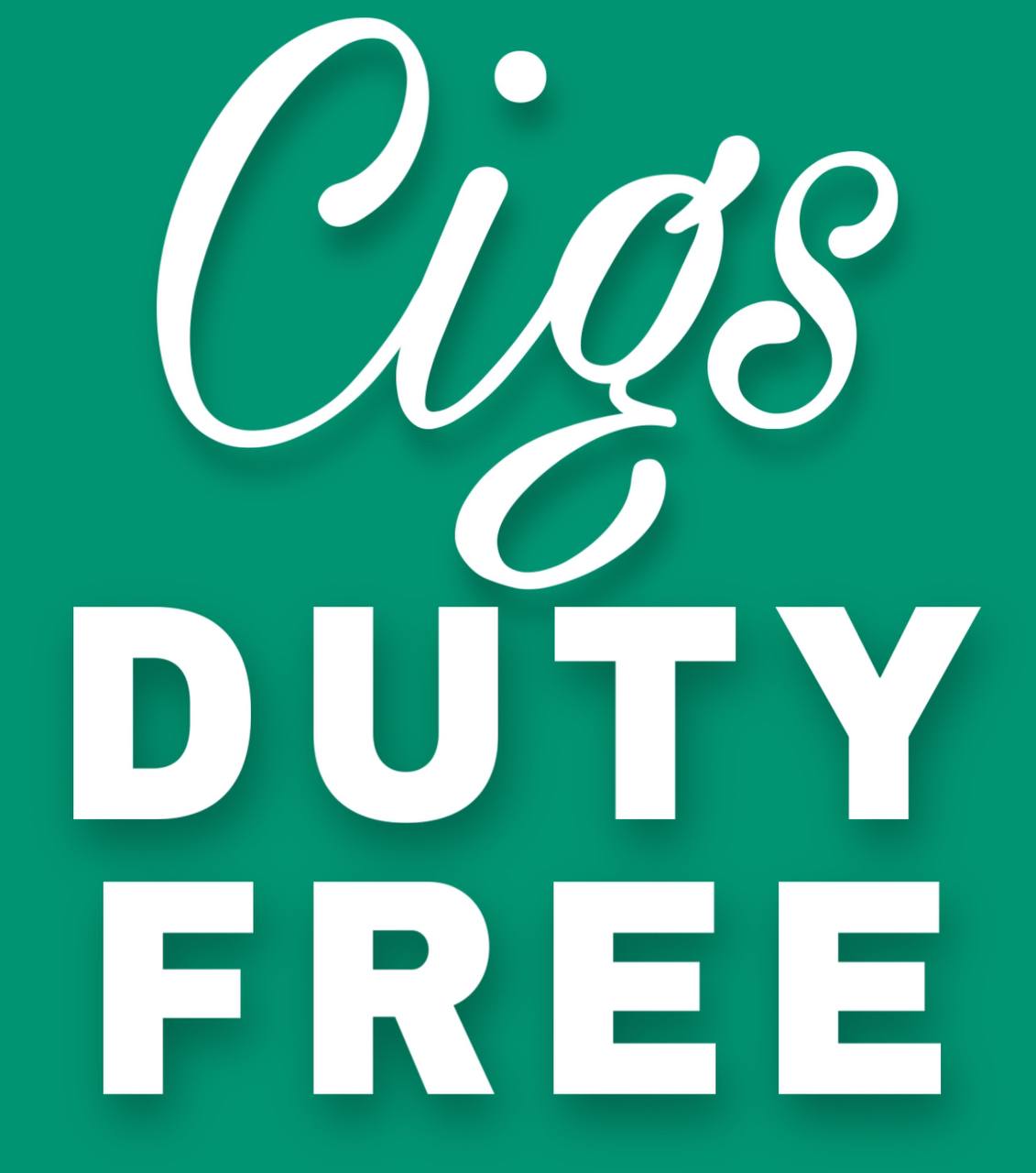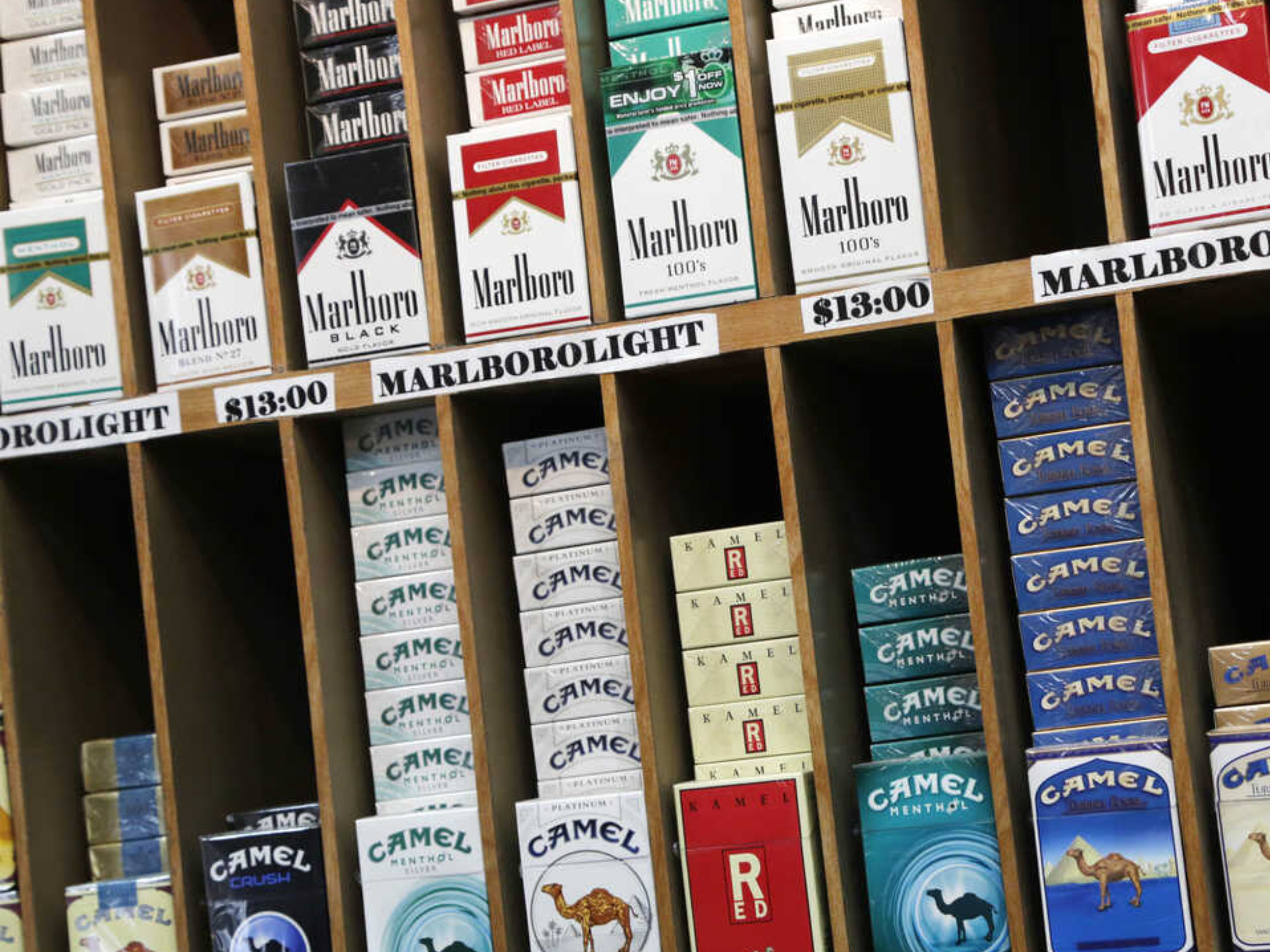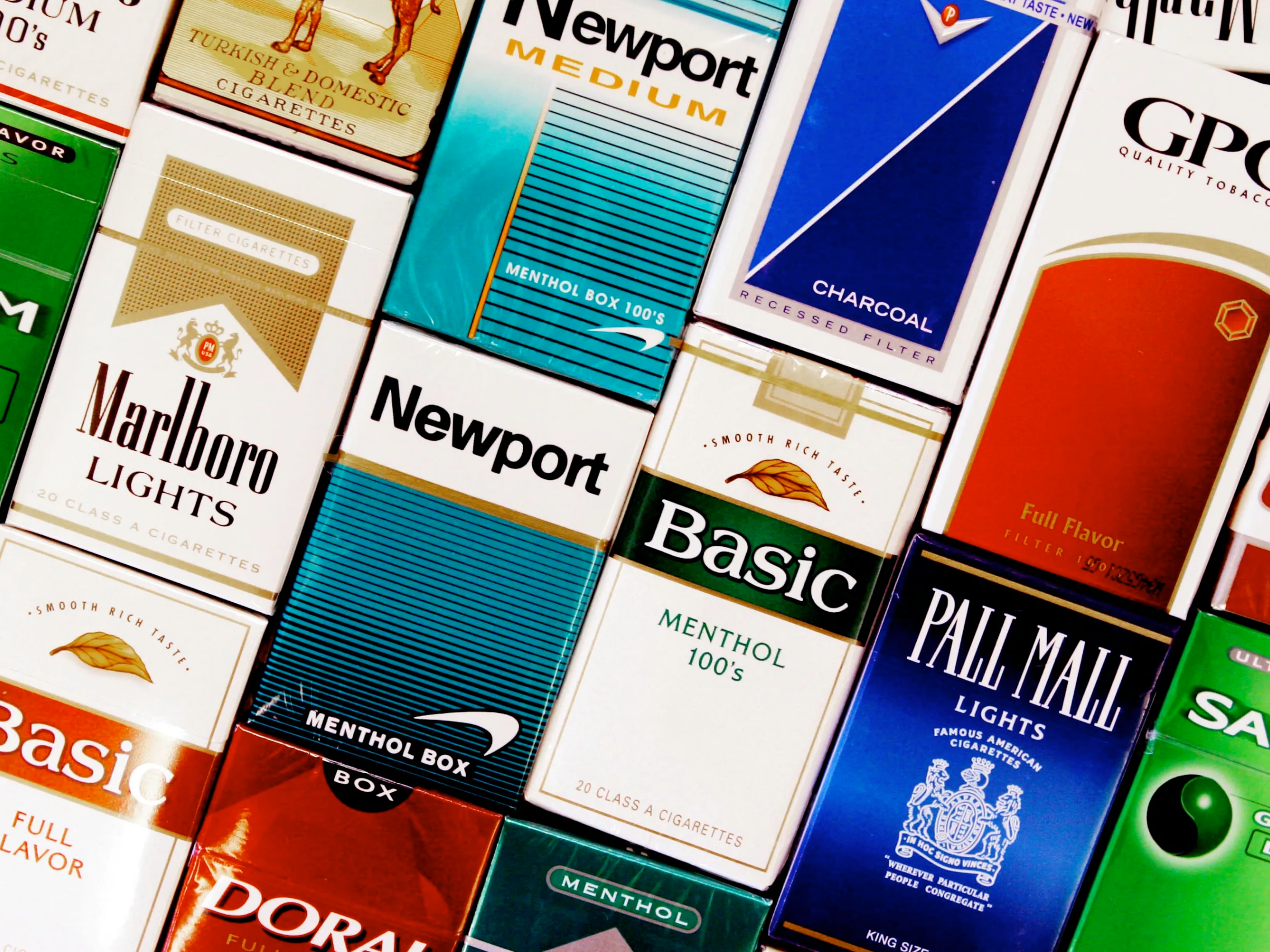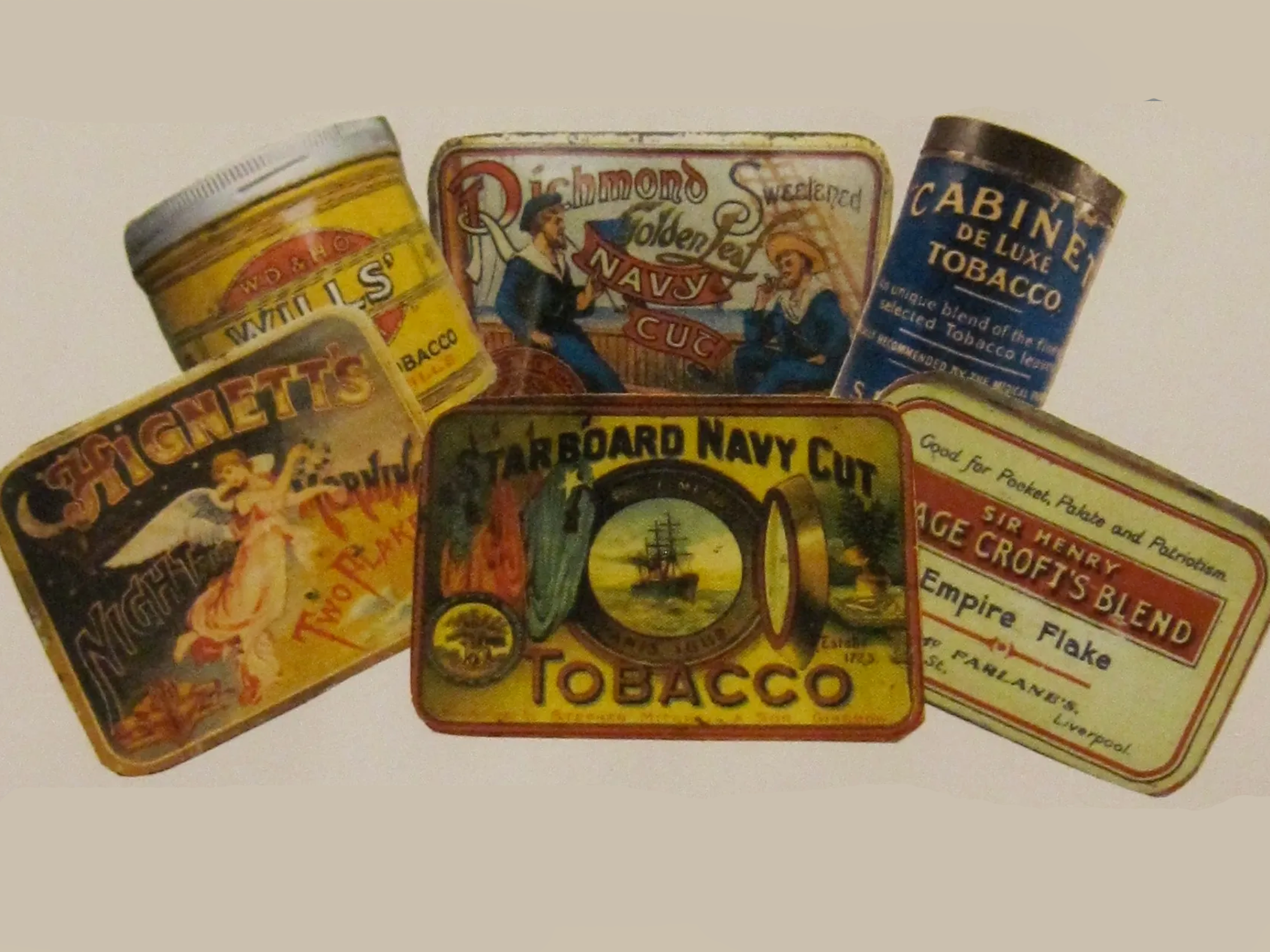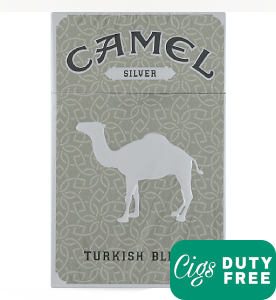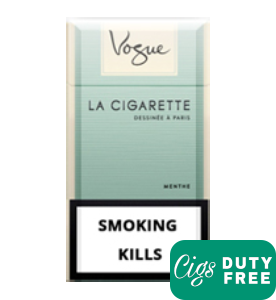For decades, cigarettes have been a significant component of popular culture and society, influencing how people interact with one another, unwind, and indulge. The brands that have grown to dominate the market have evolved along with the rest of the world. This article takes you on a historical tour of well-known cigarette brands, exploring the tales of their development and rise to fame.
One of the first significant cigarette brands to become well-known at the beginning of the 20th century was Camel. Due to its distinctive blend of Turkish and American tobacco, Camel, which was first introduced in 1913 by the R.J. Reynolds Tobacco Company, quickly gained popularity. As soldiers who had served abroad returned home with a taste for this unique blend, the brand’s popularity soared during World War I.
After Camel’s success, other brands like Lucky Strike and Chesterfield made a comeback as fierce rivals. Lucky Strike, a brand of cigarettes made by the American Tobacco Company, was well-known for its catchphrase “It’s Toasted,” which highlighted the distinctive toasting method used to create the smokes. The Liggett & Myers Tobacco Company produced Chesterfield, another well-known brand of the era, which was a favorite of famous people like Humphrey Bogart and Frank Sinatra.
Due to their effective advertising efforts and affiliation with NASCAR racing, Winston cigarettes rose to prominence as the middle of the 20th century neared. Filter-tipped cigarettes, such as Marlboro, which were first promoted at women, heralded a new period in the history of the trade. By the 1960s, Marlboro had completely changed its image, focusing on appealing to men with its “Marlboro Man” brand of toughness and masculinity. This marketing tactic propelled the brand to worldwide recognition, making it one of the most recognizable and successful cigarette brands in history.
The Lorillard Tobacco Company’s 1952 launch of the Kent brand was another well-known one at this time. The “Micronite” filter, developed by Kent, became the company’s signature product and was promoted as a safer alternative to conventional cigarette filters. However, it was eventually discovered that the filter contained asbestos, which significantly reduced the appeal of the brand.
The advent of “light” and “ultra-light” cigarettes, like Virginia Slims and Silk Cut, has changed the tobacco market recently. These companies appeal to smokers who are concerned about their health by meeting the growing demand for lower-tar and lower-nicotine substitutes. Along with providing premium tobacco blends and attractive packaging for discerning clients, premium brands like Davidoff and Dunhill have carved out a position in the luxury market.
Popular cigarette brand evolution has been significantly influenced by the development of the internet. Customers can now more easily acquire their preferred brands from around the world thanks to online shops and platforms like CiggiesWorld and DutyFreeDepot, which provide smokers with a greater selection of selections and affordable costs.
Cigarette brands continue to invent and adjust to the shifting environment despite the drop in smoking rates in many nations and the tightening of advertising and sales regulations. To offer less dangerous options for smokers, certain businesses, including Philip Morris International and British American Tobacco, have diversified their portfolios by making investments in alternative tobacco products like heated tobacco and e-cigarettes.
In conclusion, throughout the past century, the evolution of well-known cigarette brands has been an intriguing window into societal shifts, technological development, and altering customer tastes. The cigarette industry has undergone numerous changes, from Camel and Lucky Strike’s early supremacy to Marlboro’s global popularity and the rise of “light” and premium brands. It would be interesting to see how well-known cigarette brands respond to changing circumstances and opportunities by reinventing themselves.
